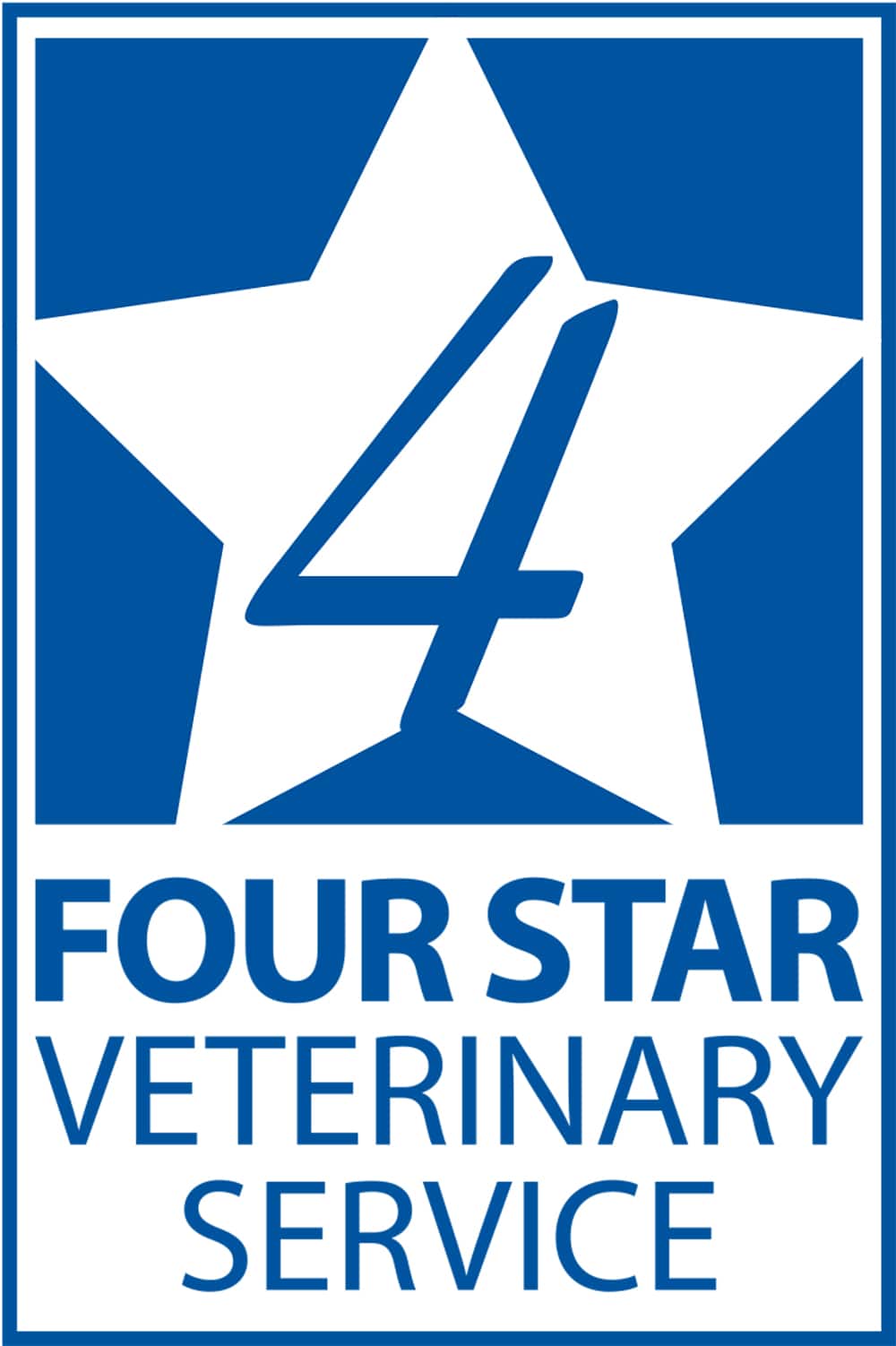Cattle suffering from heat stress will go off feed and, in some cases, become more susceptible to respiratory disease. A few tactics can reduce the effects of hot weather.
How to improve a young calf’s future performance
“Everything we do for calves in the first 6 weeks will dictate how they perform for the rest of their life,” stated Taylor Engle, DVM, with Four Star Veterinary Service in Chickasaw, Ohio.
